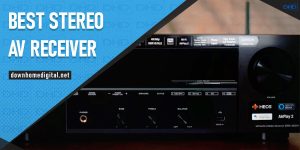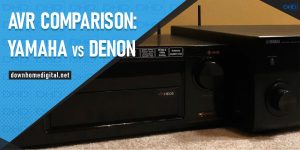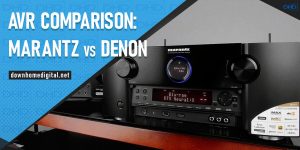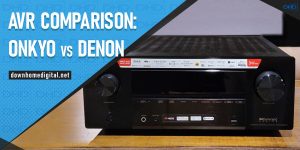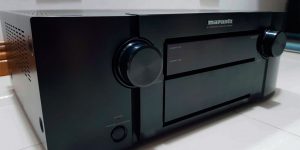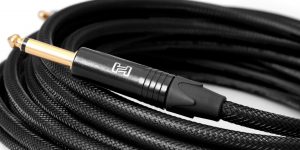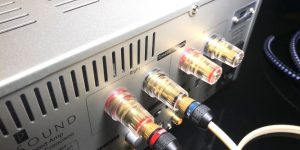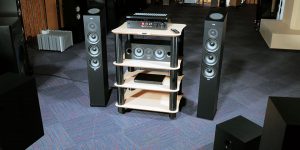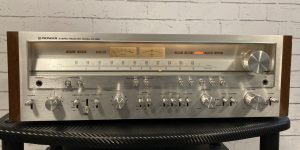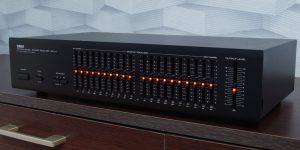Choosing a receiver is not a simple task, especially if this is your first purchase of such a device and you don’t really understand which features you need and which are unnecessary luxuries. I am sure you are dizzy with components, technologies, and standards. But you have to sort it out, otherwise, you may make the wrong choice.
One of these components is pre-out. Found on the receiver’s back panel, pre-outs are a gateway to personalized audio experiences, allowing you to create soundscapes with the precision and finesse you want. It’s not quite clear what pre-out on an AV receiver is, right? Then I’d be happy to explain it to you in more detail.
What is a pre-out on an AV Receiver?
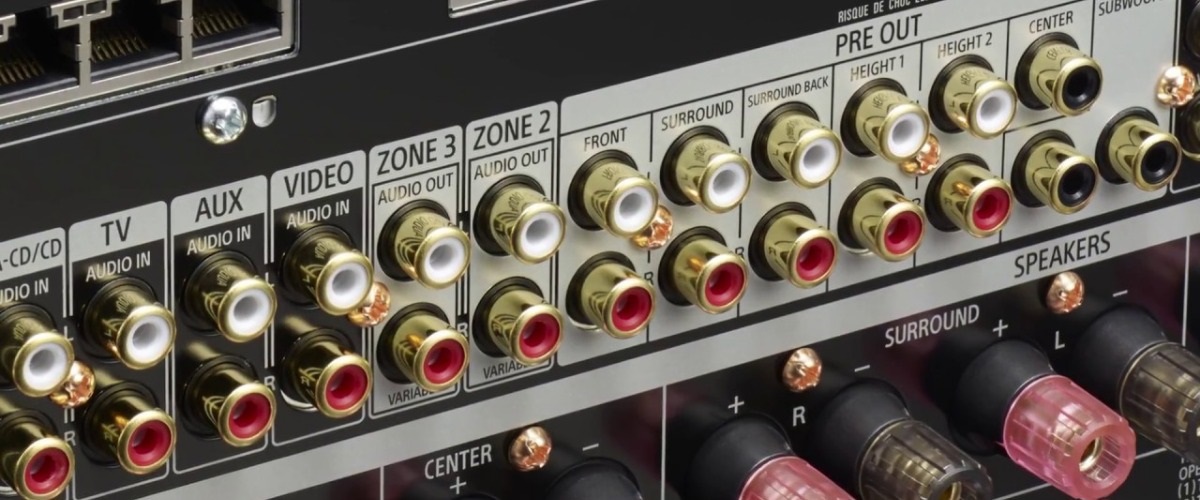
A “pre-out” on an amplifier refers to a set of pre-amplifier outputs that allow you to connect external amplification components to your audio system. As I mentioned, these outputs are usually located on the back of the device.
The pre-out connections provide an audio signal that hasn’t been amplified by the receiver’s built-in amplifiers. This allows you to use external power amplifiers to drive specific channels, resulting in more power and optimal sound quality, especially in high-performance audio systems. Pre-outs are usually RCA connectors, and each corresponds to a specific channel, such as front left, front right, center, surround left, or surround right.
I think you’ve already realized that pre-outs are used to send audio signals to external amplifiers or powered speakers, providing greater flexibility and customization. Powered speakers have built-in amplifiers and only require a pre-out connection, while external amplifiers will need power as well. So, for external amplifiers, use RCA cables to connect the pre-out jacks on the receiver to the corresponding input jacks on the external amplifier. Then, you need to connect the speakers to the output terminals on it. This may involve using speaker cables and matching both units’ positive and negative terminals.
In addition, some AVRs may have the option to switch between “powered” and “pre-out” modes for each channel. If your AV receiver supports multi-zone audio, you can use pre-outs to send audio signals to external amplifiers in different zones.
When and why you might need pre-outs

I personally use pre-out for a subwoofer, but there are other scenarios when you might need a receiver with pre-out. They allow you to bypass the built-in amplifiers of the AV receiver, potentially leading to improved audio quality, especially if you invest in high-end external amplification. You can also connect different amplifiers to the low- and high-frequency channels of a speaker, providing more power and potentially better control over the speaker’s performance. This technology also enables you to connect external power amplifiers that can provide more wattage and drive speakers with high power requirements.
Thus, pre-outs offer flexibility in building a customized audio system, allowing you to choose amplifiers that suit your preferences and requirements. Enthusiasts who prioritize audiophile-grade components may use them to integrate an AVR into a high-performance audio setup. Receivers often have a dedicated subwoofer pre-out to connect it directly to the device without the need for an external crossover. Pre-outs provide a way to upgrade amplifiers without replacing the entire equipment so that you may make gradual improvements in your audio system.
Who needs pre-outs?
AVR with pre-outs can be useful for audiophiles who prioritize high-fidelity audio and wish to invest in external amplification for superior sound quality. You also require a pre-out if you strive to build a sophisticated home theater system with separate amplifiers for each channel to achieve a cinematic audio experience.
There’s no need for a pre-out if you’re a casual user with no specific requirements for external amplification, especially in smaller living spaces where built-in amplifiers are sufficient. In case you’re on a budget and prioritize a simpler setup without the need for the added expense of external amplification. Those with compact audio systems or all-in-one solutions where external amplification is not a priority or necessity can also neglect the AV receiver with pre-out.






